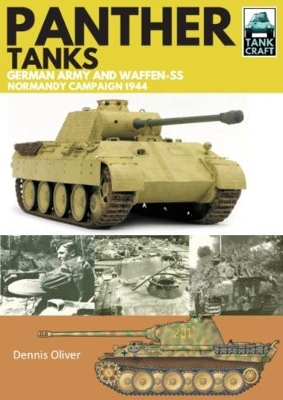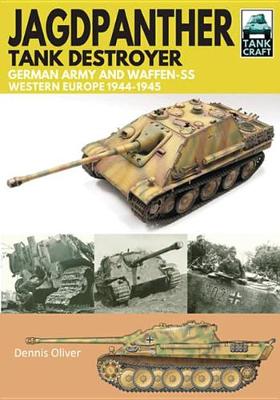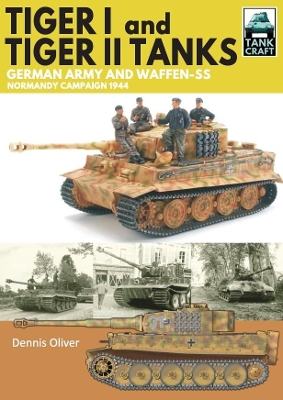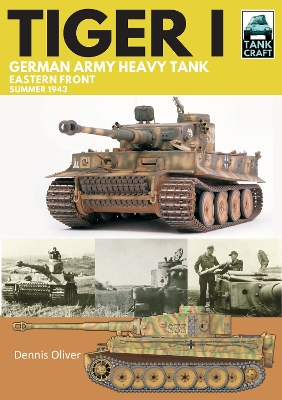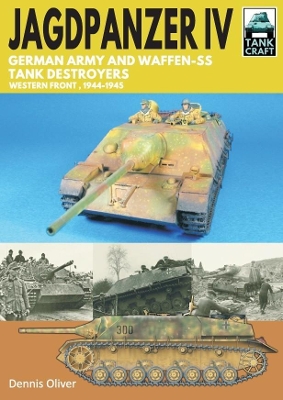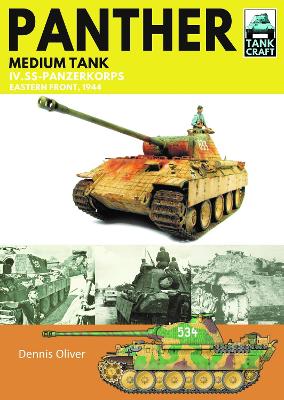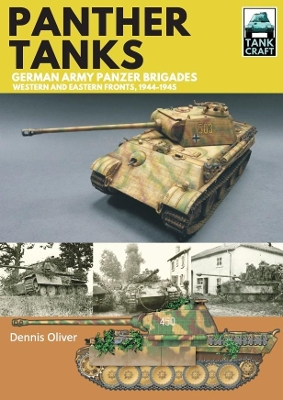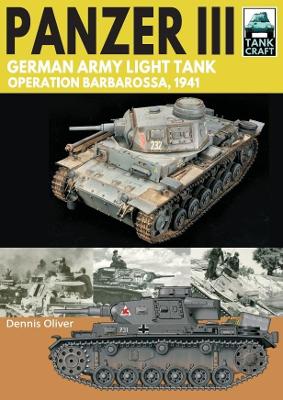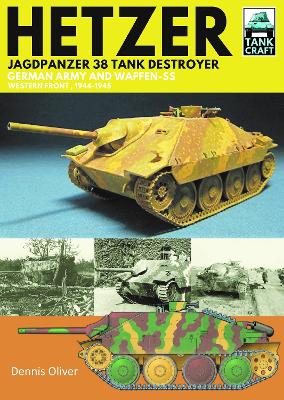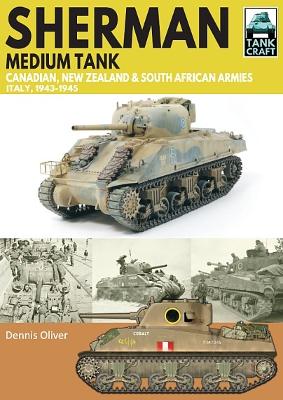Tank Craft
1 primary work • 12 total works
Book 16
He uses archive photos and extensively researched colour illustrations to examine the tanks and units of the German army's heavy panzer battalions. A large part of the book showcases available model kits and aftermarket products, complemented by a gallery of beautifully constructed and painted models in various scales. Technical details as well as modifications introduced during production and in the field are also examined providing everything the modeller needs to recreate an accurate representation of the Tigers of 1943.

